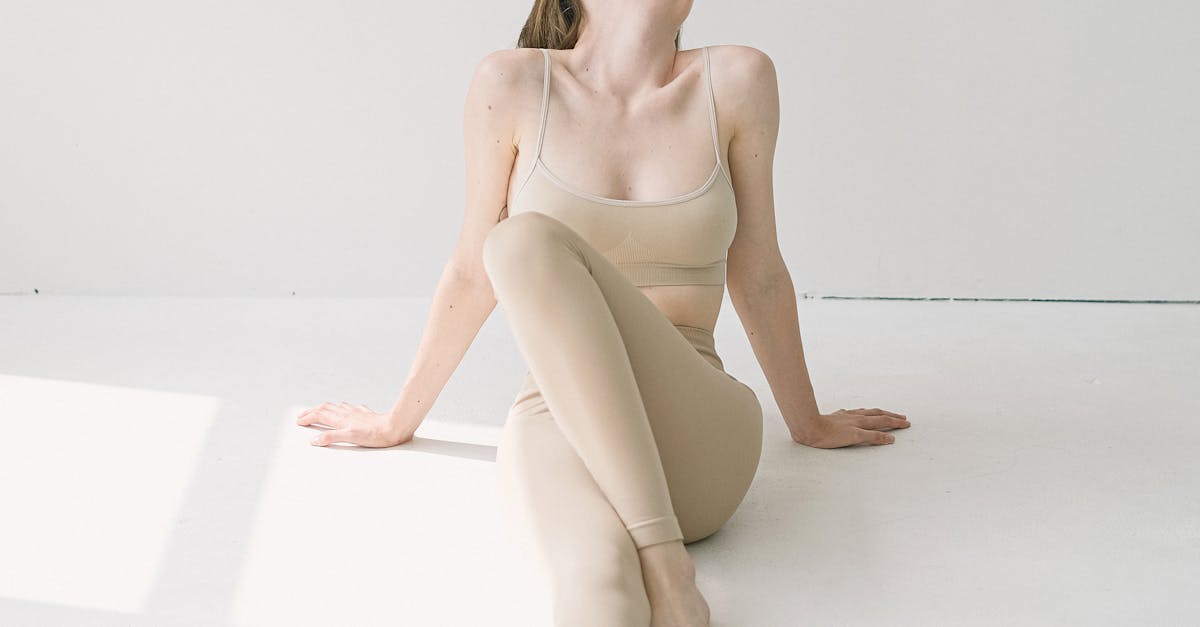Tight Hip on One Side: Causes, Symptoms, and Treatment Options
Unraveling the Mystery of a Tight Hip: Causes, Symptoms, and Paths to Relief

Tightness in one hip can be a common issue that affects individuals of all ages and fitness levels. It can range from a mild discomfort to a debilitating pain that limits mobility and impairs daily activities. Understanding the causes, symptoms, and available treatment options for a tight hip is crucial for effective management and prevention. This comprehensive article aims to provide an in-depth exploration of this condition, empowering individuals to regain hip flexibility and enhance their overall well-being.
1. Understanding Tight Hip on One Side
Tightness in one hip refers to a limitation in the range of motion of the hip joint, specifically a reduced ability to flex, extend, rotate, or abduct the hip. It can manifest as a dull ache, sharp pain, or discomfort in the hip area. This condition is relatively common, affecting individuals of all ages and fitness levels. The prevalence of tight hip is estimated to be around 20-30%, with a higher incidence among athletes, individuals with sedentary lifestyles, and those with certain medical conditions.
The potential impact of tight hip on mobility and quality of life can be significant. Reduced hip flexibility can hinder everyday activities such as walking, climbing stairs, getting in and out of cars, and performing daily chores. It can also affect balance, coordination, and athletic performance. Moreover, chronic hip tightness can lead to muscle imbalances, joint pain, and an increased risk of falls. Therefore, it is important to address tight hip promptly to minimize its impact on mobility and overall well-being.
2. Causes of Tight Hip

Tightness in one hip can stem from various underlying causes, ranging from simple muscle imbalances to more complex medical conditions. One common cause is muscle imbalances, which occur when certain muscle groups become tight and shortened, while their opposing muscle groups become weak and elongated. This imbalance can disrupt the normal mechanics of the hip joint, leading to tightness and pain.
Injuries, both acute and chronic, can also contribute to tight hip. Acute injuries, such as sprains, strains, or fractures, can cause inflammation and pain, which can lead to muscle guarding and reduced mobility. Chronic injuries, such as tendinitis or bursitis, can cause ongoing pain and inflammation, which can also result in hip tightness.
Underlying medical conditions can also be a factor in tight hip. Conditions such as osteoarthritis, rheumatoid arthritis, and hip dysplasia can cause damage to the hip joint and surrounding structures, leading to pain, stiffness, and reduced range of motion. Additionally, certain neurological conditions, such as sciatica, can cause pain and weakness in the muscles around the hip, which can contribute to tightness.
3. Symptoms of Tight Hip
Recognizing the symptoms of tight hip is crucial for seeking timely medical attention and initiating appropriate treatment. One common symptom is pain in the hip area, which can range from a dull ache to a sharp, stabbing pain. This pain may be aggravated by activities that involve hip movement, such as walking, running, or climbing stairs.
Another symptom of tight hip is reduced range of motion. Individuals may experience difficulty in performing certain movements, such as bending over to touch their toes, squatting, or rotating their hip. This limitation in mobility can affect daily activities and recreational pursuits.
Other symptoms associated with tight hip include stiffness, muscle spasms, and tenderness in the hip area. These symptoms may be particularly noticeable in the morning or after prolonged periods of inactivity. If left untreated, tight hip can lead to chronic pain, muscle imbalances, and an increased risk of falls.
4. Treatment Options for Tight Hip

Treatment options for tight hip aim to restore hip flexibility, reduce pain, and improve overall mobility. Physical therapy is often the first line of treatment and involves hands-on techniques, such as massage, stretching, and joint mobilization, to release tension in the tight muscles and improve range of motion.
Stretching exercises are another effective treatment option for tight hip. Regular stretching can help to lengthen shortened muscles and improve flexibility. Strengthening exercises can also be beneficial, as they help to stabilize the hip joint and improve muscle balance. Strengthening exercises typically focus on the hip flexors, extensors, abductors, and rotators.
In some cases, medical interventions may be necessary to address underlying causes of tight hip. For example, if the tightness is caused by an injury, such as a torn ligament, surgery may be required to repair the damage. Additionally, injections of corticosteroids or hyaluronic acid may be used to reduce inflammation and pain. However, it’s important to note that medical interventions should only be considered after conservative treatment options have failed to provide relief.
5. Prevention and Management Strategies
Preventing tight hip involves maintaining hip flexibility and strength through regular exercise, stretching, and proper body mechanics. Here are a few practical tips:
-
Incorporate hip-focused exercises into your fitness routine. Activities such as yoga, Pilates, tai chi, and swimming can help to improve hip mobility and range of motion.
-
Make stretching a part of your daily routine. Hold each stretch for at least 30 seconds to effectively lengthen the muscles around the hip joint.
-
Maintain proper posture when sitting, standing, and walking. Avoid slouching or sitting in the same position for extended periods.
Quiz: Test Your Understanding of Tight Hip
1. True or False: Tight hip is a condition that only affects athletes.
2. Which of the following is NOT a common cause of tight hip? (a) Muscle imbalances (b) Injuries (c) Obesity
3. What is a common symptom of tight hip? (a) Pain in the hip area (b) Reduced range of motion (c) Both (a) and (b)
4. Which of the following is NOT a treatment option for tight hip? (a) Physical therapy (b) Stretching exercises (c) Surgery
5. What is a practical tip for preventing tight hip? (a) Incorporate hip-focused exercises into your fitness routine (b) Avoid sitting in the same position for extended periods (c) Both (a) and (b)
Answer Key:
- False
- (c) Obesity
- (c) Both (a) and (b)
- (c) Surgery
- (c) Both (a) and (b)
